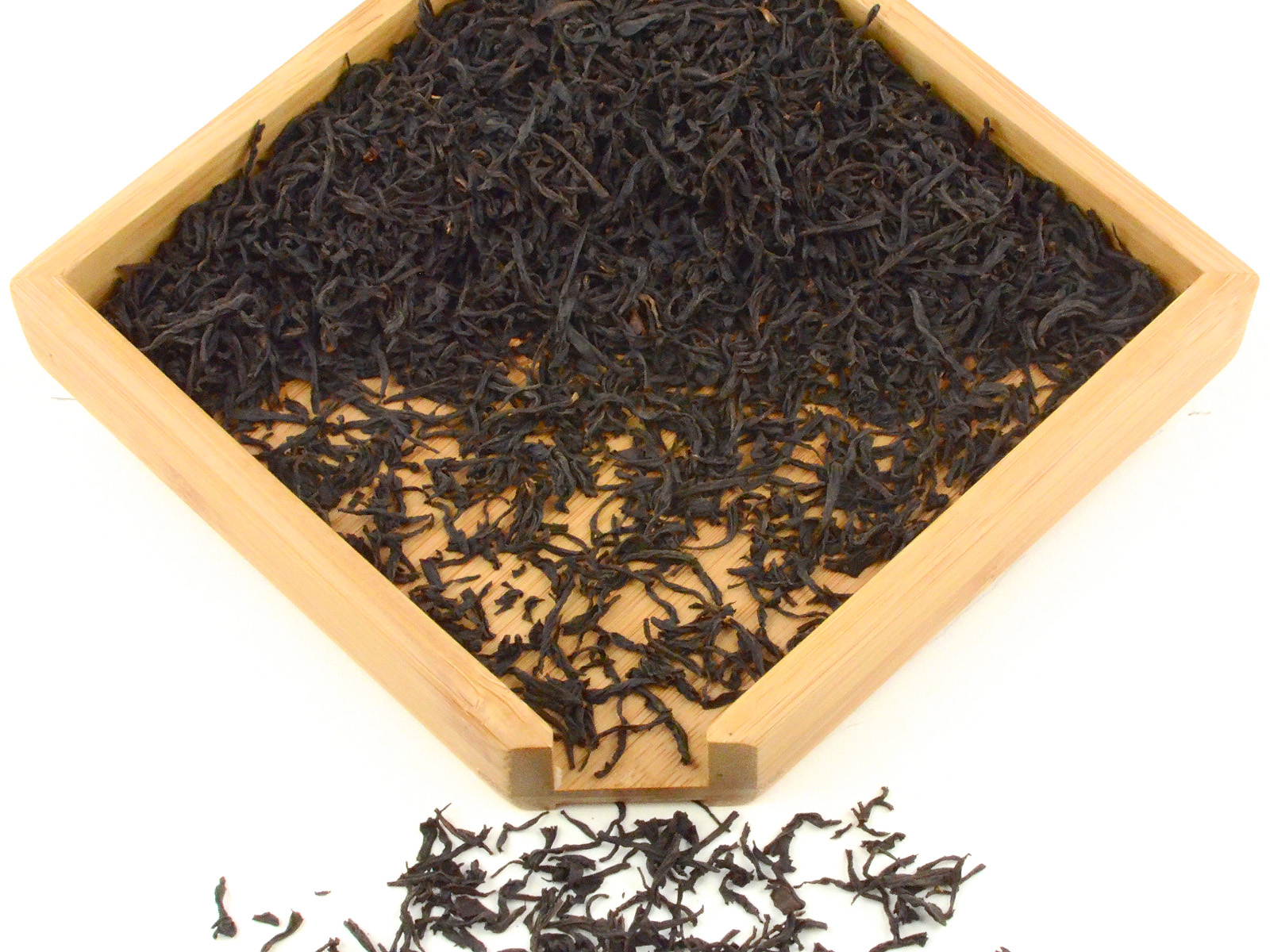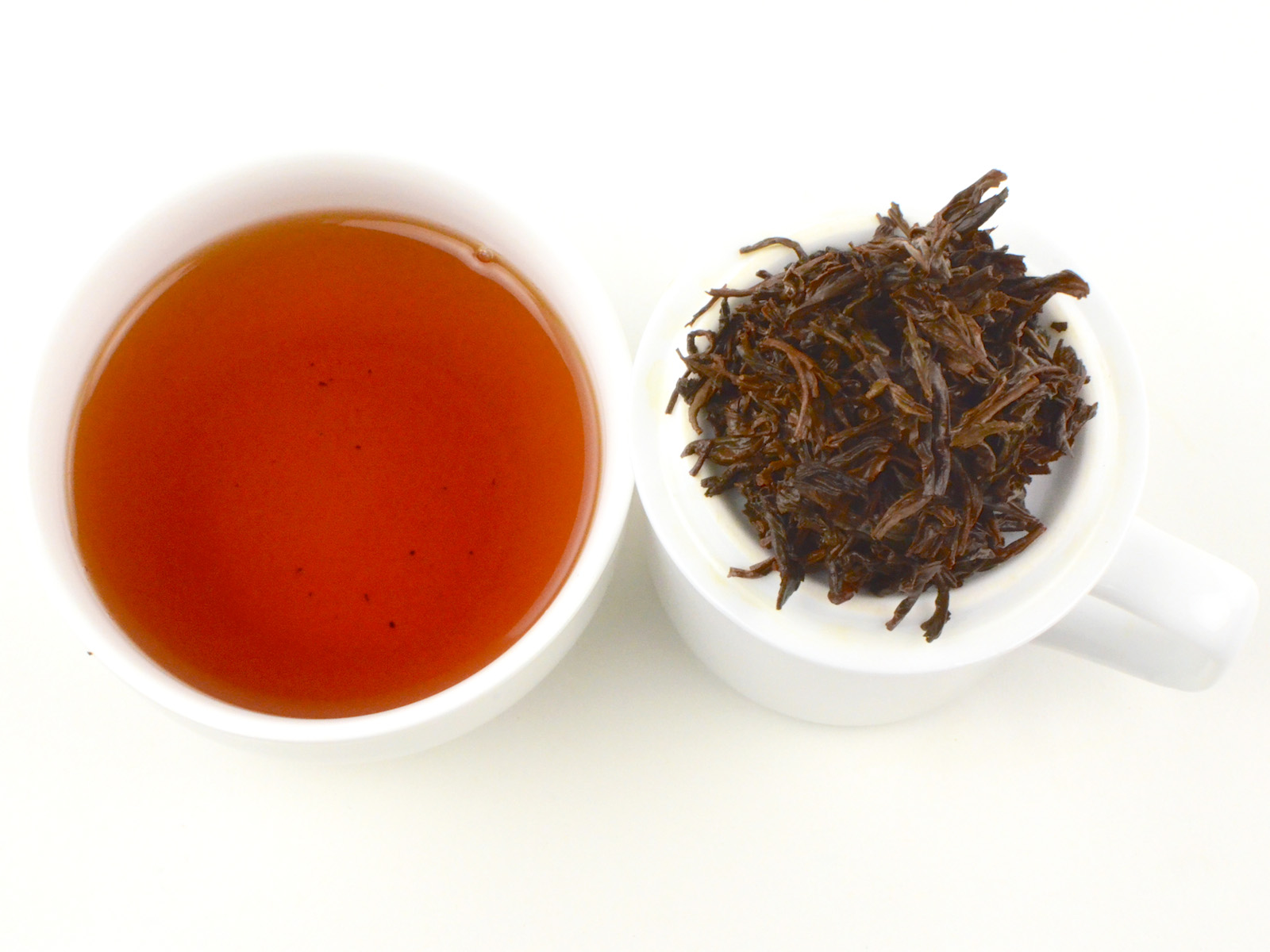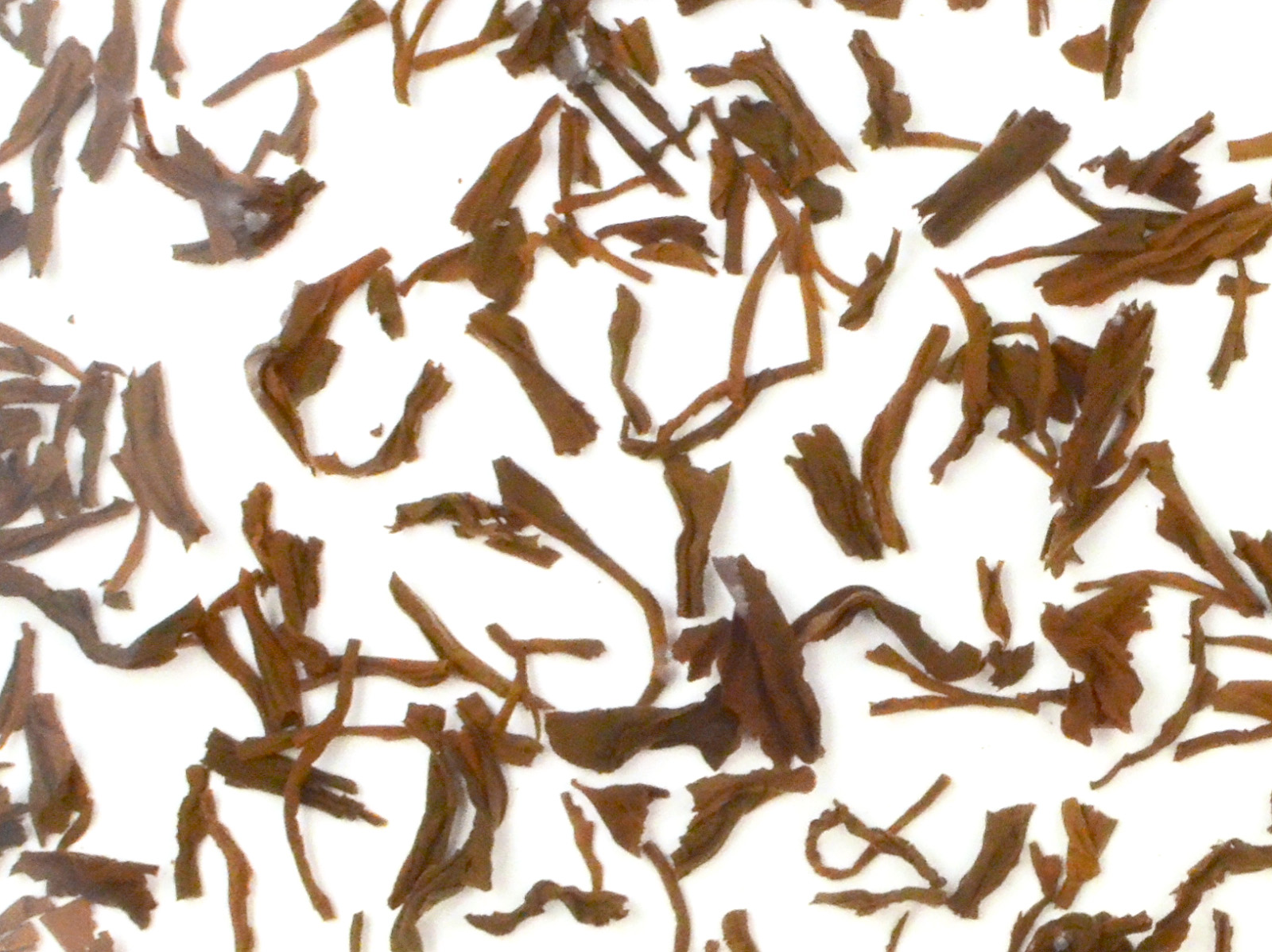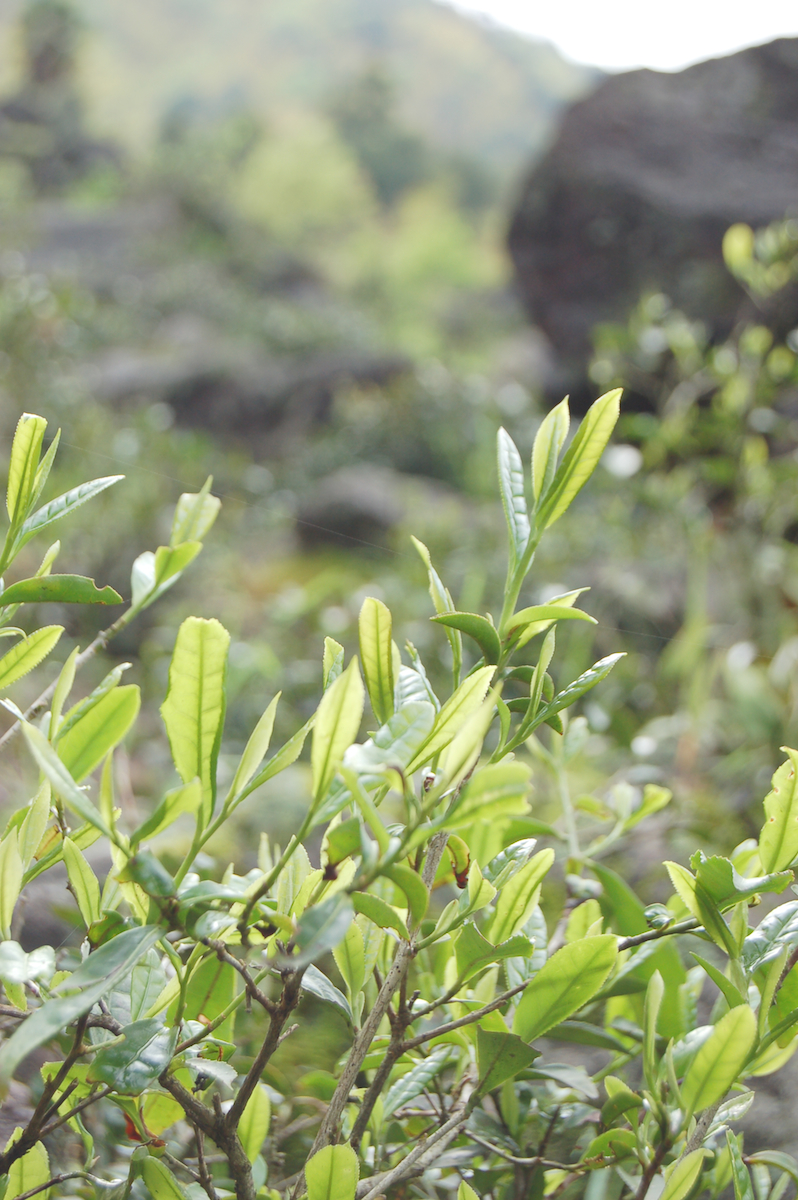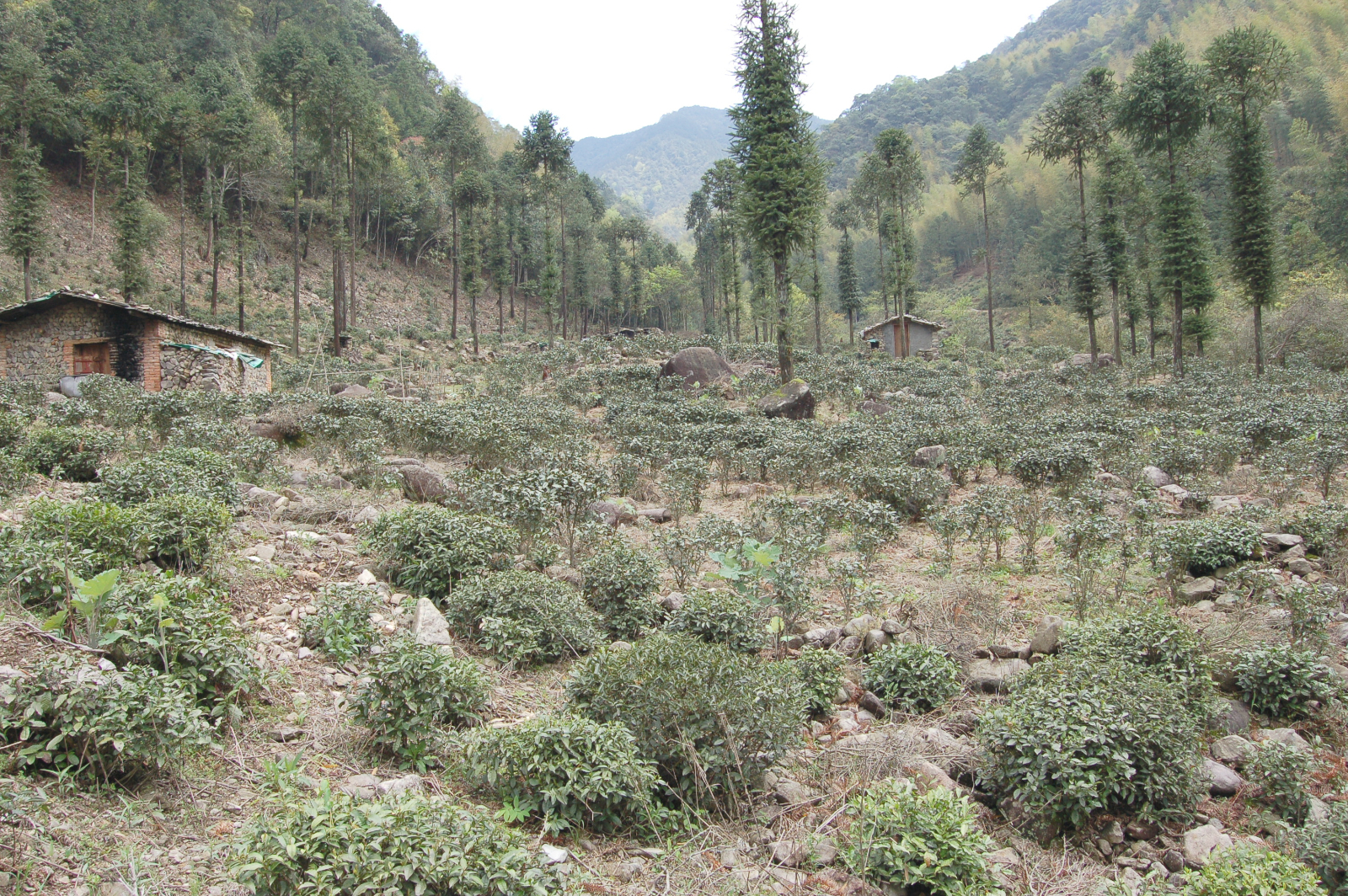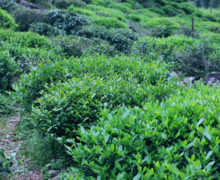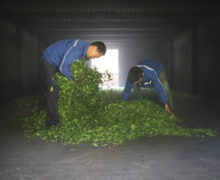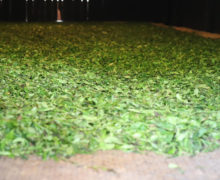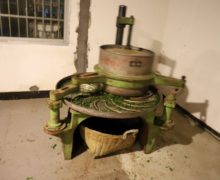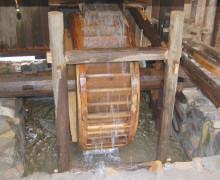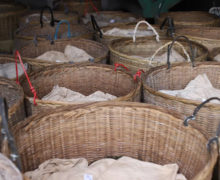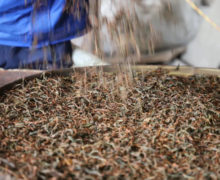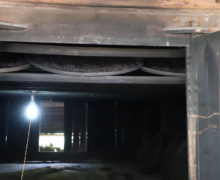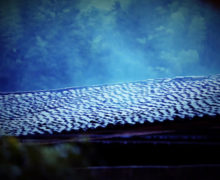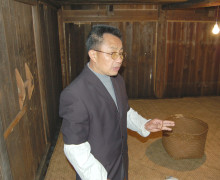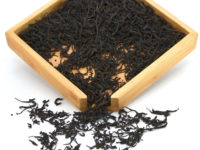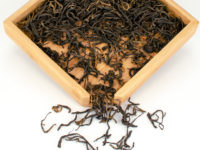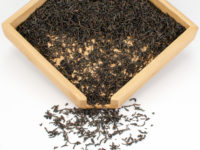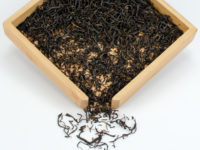Tongmu Lapsang Souchong
Black Tea 2023
A black tea made from young spring tea buds and leaves grown and processed in Tongmu Village, the birthplace of black tea 450 years ago. Lush with the hallmarks of its origin: delicate pine smoke, a light amber liquor, and a clean longan-fruit flavor with a sweet finish. Great for those who want a smoked black tea that is lighter on the smokiness, often appealing even to those who dislike the more common heavily smoked black teas.
- Tea Origin
- Tongmu Village, Wuyishan City, Fujian Province, China
- Tea Bush
- Tongmu Qizhong (Tongmu Heirloom Tea Bush)
- Tea Maker
- Wu Jianming
- Harvest Time
- Late April
- Plucking Standard
- One bud, two leaves
A taste for pine smoked black tea
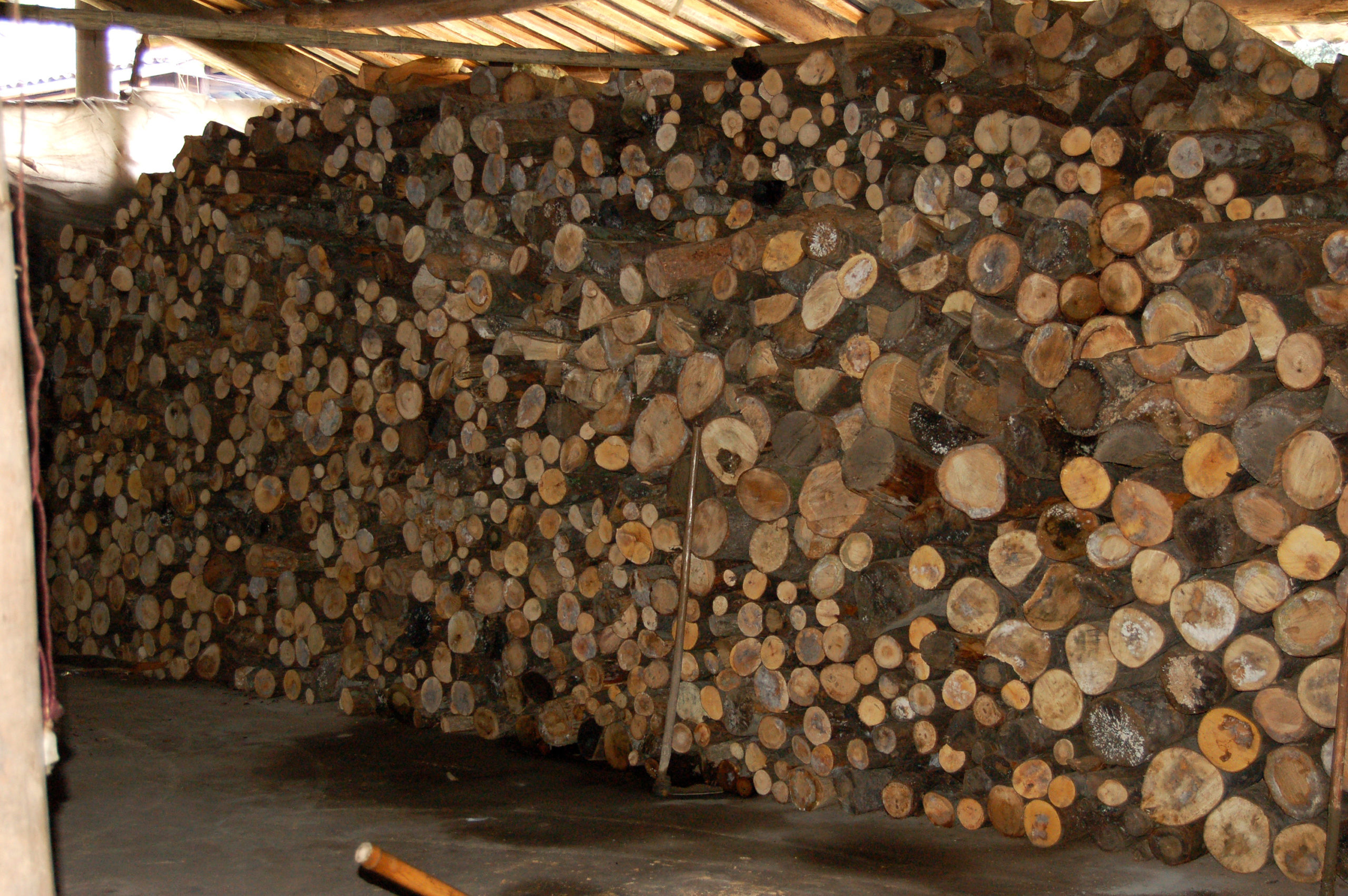
Most Asian palates prefer the delicate smoke of the original Tongmu tea to the heaviness of Lapsang Souchong, which is primarily consumed by the British. When this tea first came to the markets in Fuzhou during the end of the 17th century, the buyers were very interested in this new style of pine smoked tea. When asked the name they were told it was Wu Yi Cha (“tea from Wuyi”) which they pronounced as Bohea (Boo-he). This is another name for Lapsang Souchong.
Tongmu Lapsang Souchong was the world’s first black tea, created out of necessity by the innovative tea farmers in the small Tongmu Village in southeastern China.
The original black tea from Tongmu
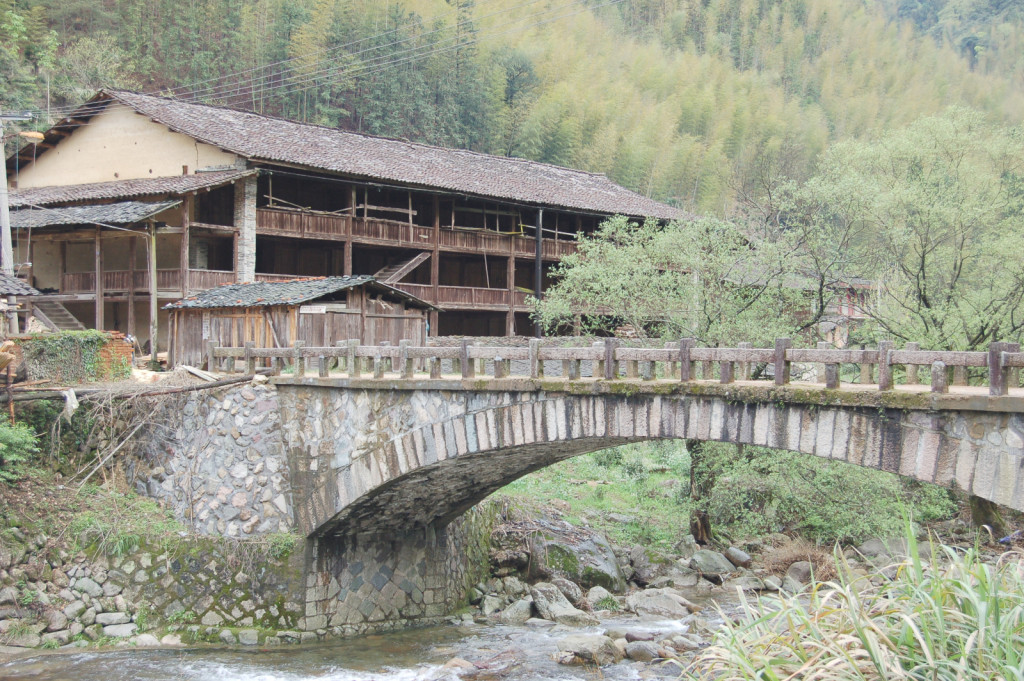
Tongmu Village was founded between 1607 to 1644. The terrain in this small village was difficult to farm on so the villagers were only able to successfully grow tea and bamboo. Since they were not able to grow enough food to last them through the harsh mountain winters they relied heavily on selling their exceptionally sweet tea, rich in amino acids due to the high altitude it was grown at. At this time, green tea was the only tea that had been invented yet, so the tea was made by pan frying and shaping to then be roasted over a bamboo roaster fueled by odorless bamboo charcoal.
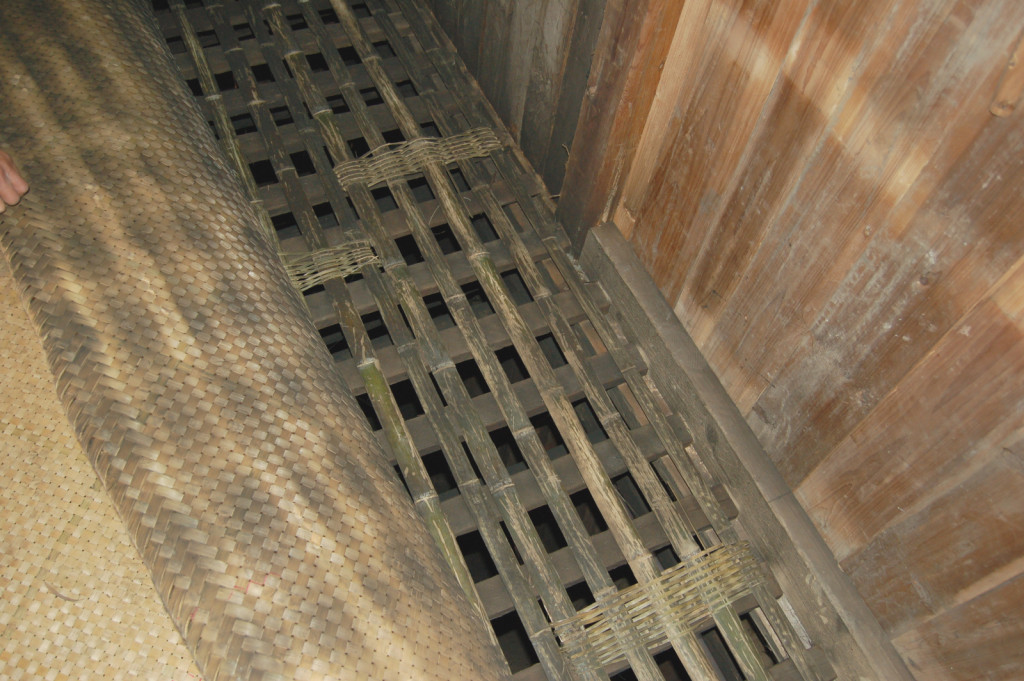
Today, Tongmu remains an important center of black tea innovation. The village and the land surrounding it are a national nature preserve and designated UNESCO world heritage site, closed to entry by non-locals. To read more about Tongmu’s contribution to modern black tea, see our blog post: How Chinese Black Tea Conquered the World (and then China).
The invention of black tea
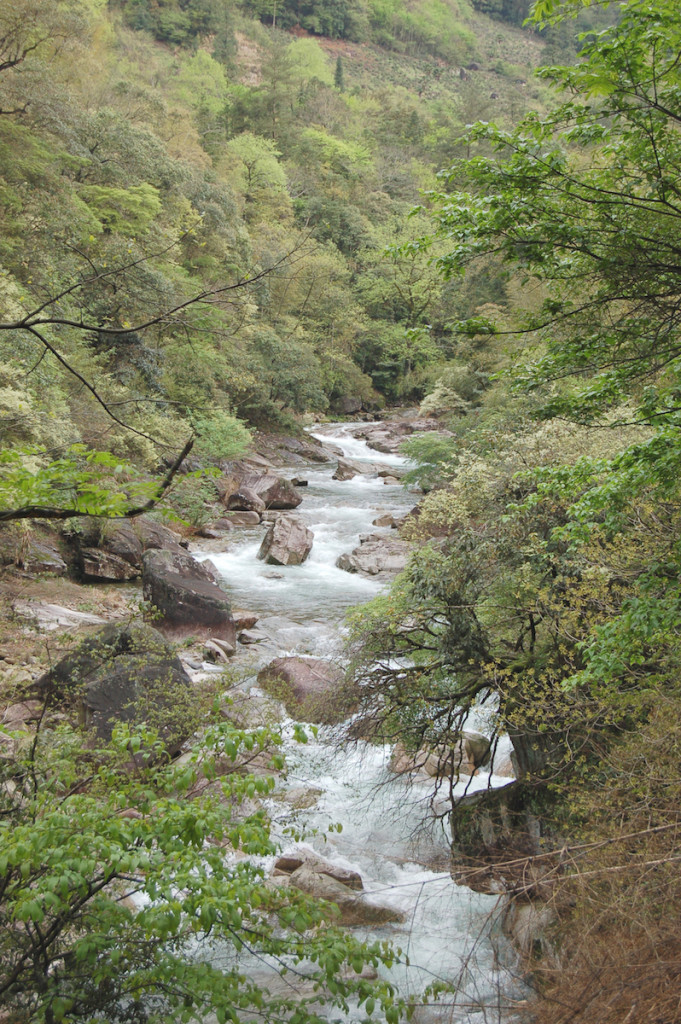
One spring, a crafty general decided to surprise his enemy by sending his troops through the mountain path that ran directly through Tongmu Village. The soldiers trampled through the village just after the tea picking had been completed, forcing the villagers to flee and hide in the mountains while the soldiers finished off the rest of their already minimal food supply and slept right on top of all their freshly picked tea leaves. A couple days later when the soldiers had moved on, the villagers returned to find their tea leaves broken, and oxidized. One villager suggested they should try roasting the leaves over horsetail pine charcoal (a local tree) to cover up their strong over-oxidized smell.
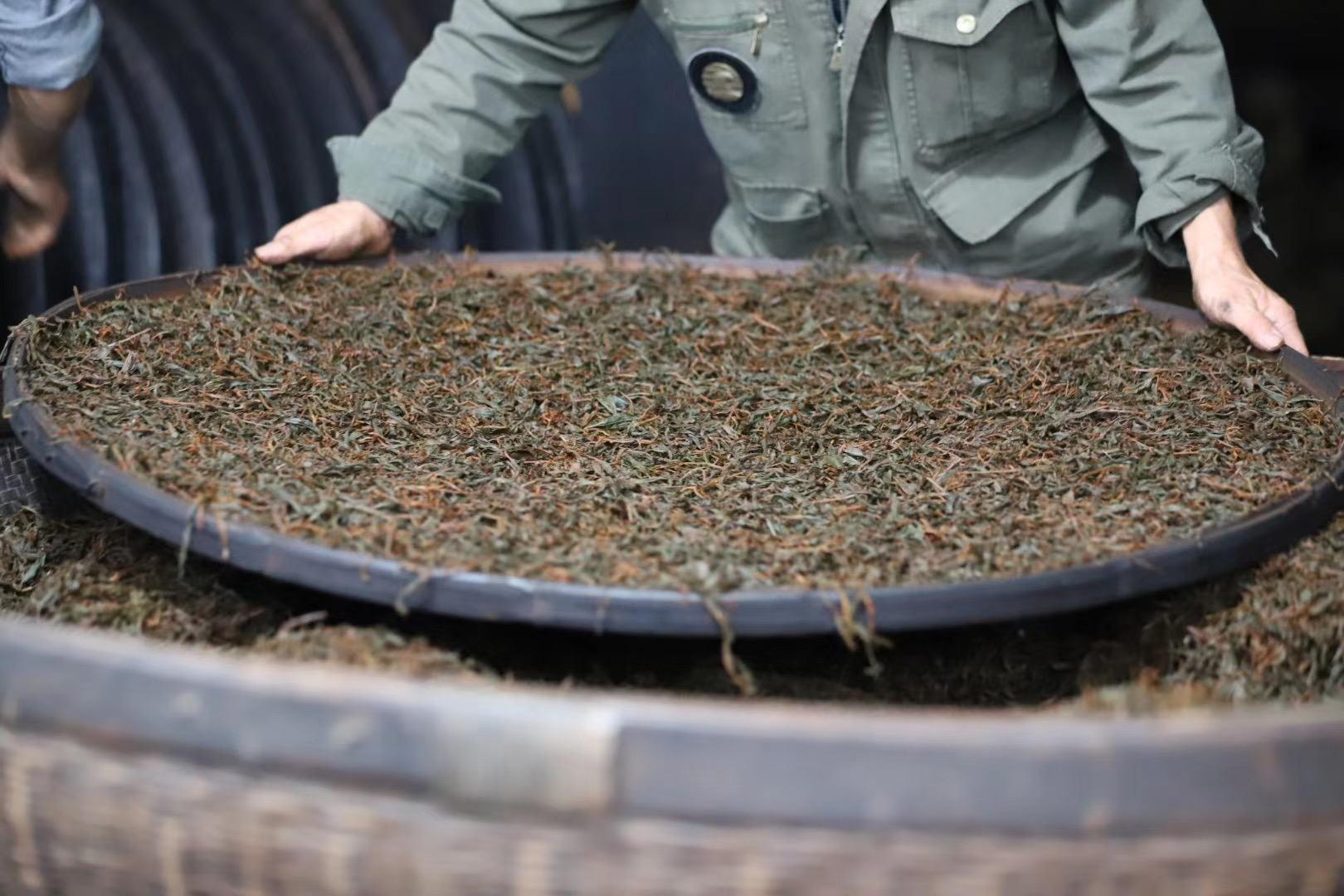
The villagers transported the tea to a small trading center town called Xincun where merchandise was sent by boat to the port city Fuzhou. They begged a Xincun merchant to take their crop. They assumed that they wouldn’t make much of a profit, if any, but were surprised to find the next year there was not only a nice return but also a request for more of this new pine roasted tea. Thus the first black tea was invented.
No chemical fertilizer, pesticide, or herbicide was used in the production of this tea. Click here to read more about our promise to fair trade and the environment.

